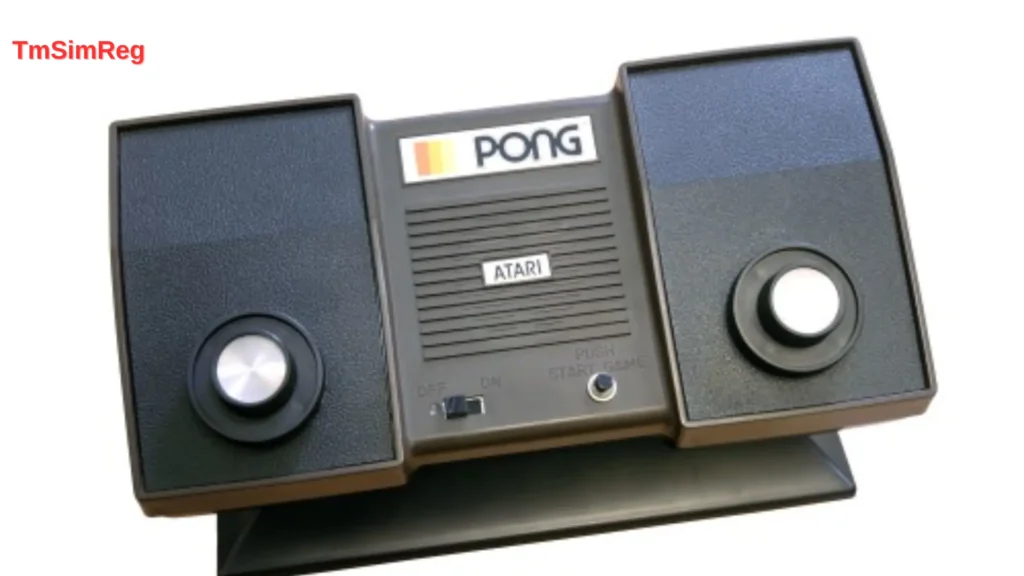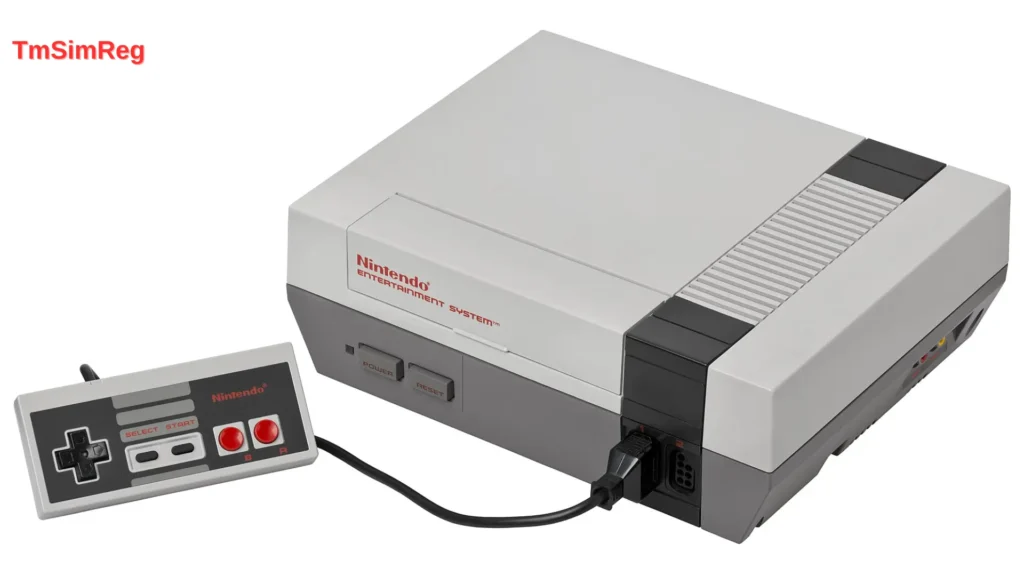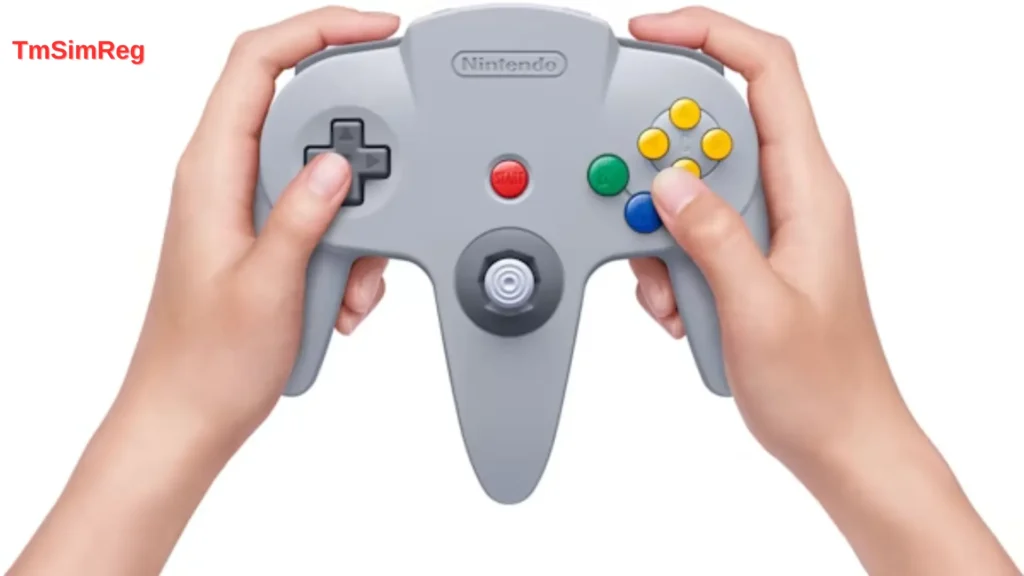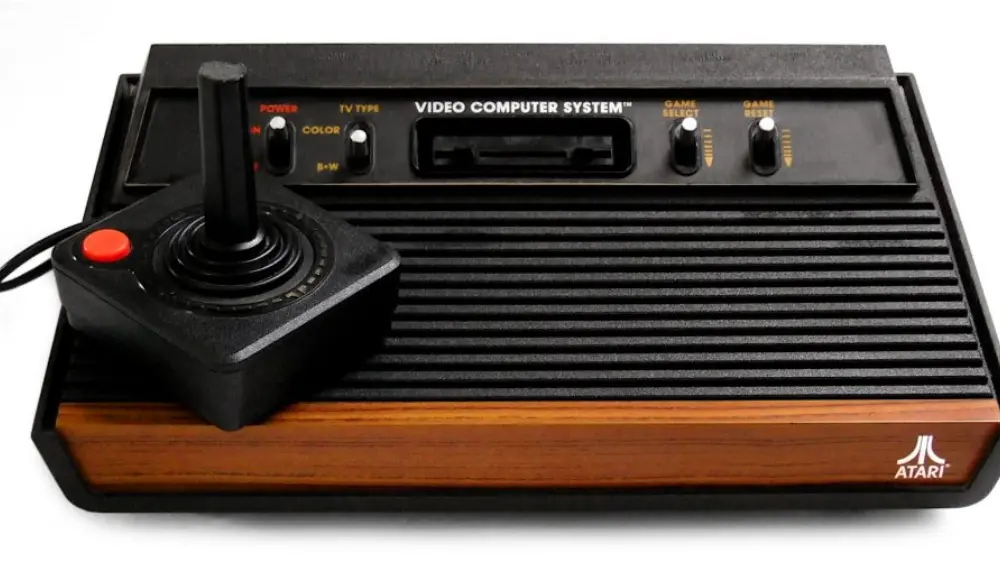The Evolution of Gaming Consoles is a captivating narrative that intertwines technological progress, cultural shifts, and the ever-growing influence of digital entertainment. From the early days of rudimentary, pixelated games to the modern, immersive worlds we now explore, the history of gaming consoles tells a story of relentless innovation. Once seen as niche gadgets for a select few, gaming consoles have become mainstream entertainment hubs, revolutionizing how we interact with digital content.
Understanding the Evolution of Gaming Consoles gives us a glimpse into technological advancements and an appreciation for the creativity that has driven this industry forward. The journey from 8-bit graphics to today’s ultra-high-definition gaming experiences highlights the significant leaps in hardware capabilities, user interaction, and game design. Moreover, this evolution reflects broader societal changes, such as the shift from solitary gaming to a more social and connected experience.
In this article, we’ll explore the timeline of video game consoles, covering the key milestones that have shaped the industry. We’ll delve into the console evolution from the early days of the Magnavox Odyssey to the latest innovations in virtual reality and cloud gaming. By the end of this journey, you’ll have a deeper understanding of the video game console evolution and a renewed appreciation for the role they play in modern entertainment.
Early Beginnings: The Birth of Home Consoles
The history of gaming consoles began in the early 1970s with the release of the Magnavox Odyssey, the world’s first home gaming console. This groundbreaking device, though simple by today’s standards, was revolutionary. It introduced the concept of playing video games at home, using a television screen as the interface. The Odyssey’s success was modest, but its impact on the future of gaming was profound. It set the stage for the console evolution that would follow.
Following the Odyssey, Atari’s Pong console, released in 1975, took the world by storm. Pong’s commercial success is often credited with popularizing video games in mainstream culture. This era, marked by rapid advancements, saw the emergence of a game console timeline where companies began to realize the potential of gaming consoles as a viable market. The technology was rudimentary, yet it captured the imagination of millions, setting the foundation for the Evolution of Gaming Consoles.
As the industry grew, competition intensified. Companies like Coleco and Fairchild entered the market, each bringing their innovations. The introduction of cartridge-based games was a significant leap forward, allowing players to swap games easily rather than being limited to pre-installed options. This period laid the groundwork for the next phase in the game console history, where the focus shifted from basic gameplay to more sophisticated experiences.
The early years of the video game consoles timeline were also a time of experimentation. Developers were learning what worked and what didn’t, setting the stage for the first real boom in the gaming industry. The Evolution of Gaming Consoles during this time was not just about the hardware but also about creating a new form of entertainment that would appeal to a broad audience. The seeds of modern gaming were sown in this era, and the industry was poised for explosive growth.

The Golden Age: 8-bit and 16-bit Consoles
The 1980s and early 1990s are often referred to as the Golden Age of gaming, thanks to the game console evolution during this period. This era saw the rise of iconic consoles like the Nintendo Entertainment System (NES) and the Sega Genesis, which brought gaming into millions of homes worldwide. The 8-bit NES, in particular, was a game-changer, offering better graphics, sound, and gameplay than its predecessors.
Nintendo’s strategy of pairing its console with legendary titles like Super Mario Bros. and The Legend of Zelda was instrumental in its success. These games became cultural phenomena, and the NES solidified Nintendo’s position as a gaming industry leader. An emphasis on quality marked the video game console evolution during this time regarding hardware and software. The games were more complex, the graphics were more detailed, and the storytelling was more engaging.
As technology advanced, so did gamers’ expectations. The transition from 8-bit to 16-bit consoles, like the Sega Genesis and the Super Nintendo Entertainment System (SNES), represented another leap forward. These consoles offered even better graphics, faster processing speeds, and more intricate game worlds. The timeline of game consoles during this period was a time of rapid innovation, with developers pushing the boundaries of what was possible.
This era also began the console wars, as companies like Nintendo and Sega battled for dominance. This competition benefited consumers, driving innovation and creating some of the most beloved games in history. The Evolution of Gaming Consoles during this period was not just about technological advancements but also about the cultural impact of gaming. Consoles became a central part of many households, and gaming was no longer a niche hobby but a mainstream form of entertainment.

The Rise of 3D Gaming: 32-bit and 64-bit Consoles
The mid-1990s marked a significant shift in the game consoles timeline with the introduction of 32-bit and 64-bit systems. In this era, gaming transitioned from 2D to 3D, fundamentally changing how games were played and perceived. The Sony PlayStation, released in 1994, was pivotal in this transformation. It brought 3D gaming to the masses and introduced CD-ROMs as the primary game medium, allowing for more storage and better graphics.
The PlayStation’s success was followed by the Nintendo 64, which further pushed the boundaries of what was possible in gaming. Titles like Super Mario 64 and The Legend of Zelda: Ocarina of Time are often cited as some of the best games of all time, thanks to their innovative use of 3D environments. The game console evolution during this period was defined by experimentation and a willingness to take risks. Developers were exploring new ways to engage players, and the results were groundbreaking.
This period also saw the rise of more mature gaming content. As gamers’ average age increased, so did the demand for more complex and adult-oriented games. Titles like Resident Evil and Metal Gear Solid introduced players to more sophisticated narratives and gameplay mechanics. The Evolution of Gaming Consoles was not just about technological advancements but also about expanding the types of stories that could be told through games.
The transition to 3D was challenging. Developers had to learn new techniques and adapt to the limitations of the hardware. However, the results were worth it, as the gaming industry entered a new era of creativity and innovation. The timeline of video game consoles during this time set the stage for the modern gaming experiences we enjoy today.

The Online Revolution: Early 2000s to Present
The early 2000s marked the beginning of a new chapter in the Evolution of Gaming Consoles—the rise of online gaming. With the introduction of the Sony PlayStation 2, Microsoft Xbox, and Nintendo GameCube, gaming consoles began to embrace the internet as a platform for multiplayer experiences. This shift transformed gaming from a solitary activity into a social experience where players could connect with friends and strangers worldwide.
Microsoft’s Xbox Live service, launched in 2002, was a game-changer in the industry. It provided a robust platform for online gaming, complete with voice chat, matchmaking, and digital downloads. The game console history took a significant step forward as online play became a standard feature in most consoles. This period also saw the rise of digital marketplaces, where players could purchase and download games directly to their consoles.
The introduction of the PlayStation 3 and Xbox 360 further cemented the role of online gaming in the industry. These consoles offered better graphics, more processing power, and enhanced online features. The Evolution of Gaming Consoles was characterized by a shift towards more interconnected gaming experiences, where the line between single-player and multiplayer games began to blur. Online gaming became a central part of the console experience, influencing the design and development of new titles.
This era also witnessed the rise of indie games, which benefited from the digital distribution channels provided by consoles. Developers could now reach a global audience without physical distribution, increasing creativity and innovation. The video game consoles timeline was no longer just about the big players; it was also about empowering smaller developers to create unique and memorable experiences.
As we move into the present day, the focus has shifted towards even more immersive experiences, with the introduction of virtual reality (VR) and augmented reality (AR) technologies. The Evolution of Gaming Consoles continues as companies like Sony, Microsoft, and Nintendo explore new ways to engage players. Whether through cutting-edge graphics, innovative gameplay mechanics, or new forms of interaction, the gaming console industry remains at the forefront of technological innovation.

Conclusion
The Evolution of Gaming Consoles is a testament to the incredible technological advancements and the unyielding creativity of developers and designers. From the early days of the Magnavox Odyssey to the cutting-edge consoles of today, the history of game consoles is rich with innovation and cultural impact. Each generation of consoles has brought new features, better graphics, and more immersive gameplay, pushing the boundaries of what is possible in gaming.
As we look back at the timeline of game consoles, it’s clear that each era has its defining moments and key players. The game console timeline is a story of technological progress and reflects how gaming has evolved from a niche hobby to a global phenomenon. The evolution of video game consoles has shaped the entertainment industry, influencing movies, music, and how we socialize and connect.
Looking forward, the future of gaming consoles is filled with exciting possibilities. The continued evolution of technology promises even more immersive and interactive experiences, with advancements in AI, VR, and cloud gaming leading the way. The Evolution of Gaming Consoles is far from over, and as we continue to push the limits of what these devices can do, the possibilities are endless.
For those passionate about gaming, understanding the game console history offers a deeper appreciation of the industry’s roots and the innovations that have brought us to where we are today. As we anticipate the next milestones in the game console evolution, one thing is certain: the future of gaming consoles is bright, and the journey is just beginning.
For more information, you can visit the tech category of our website.




